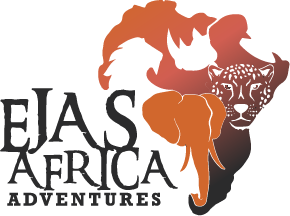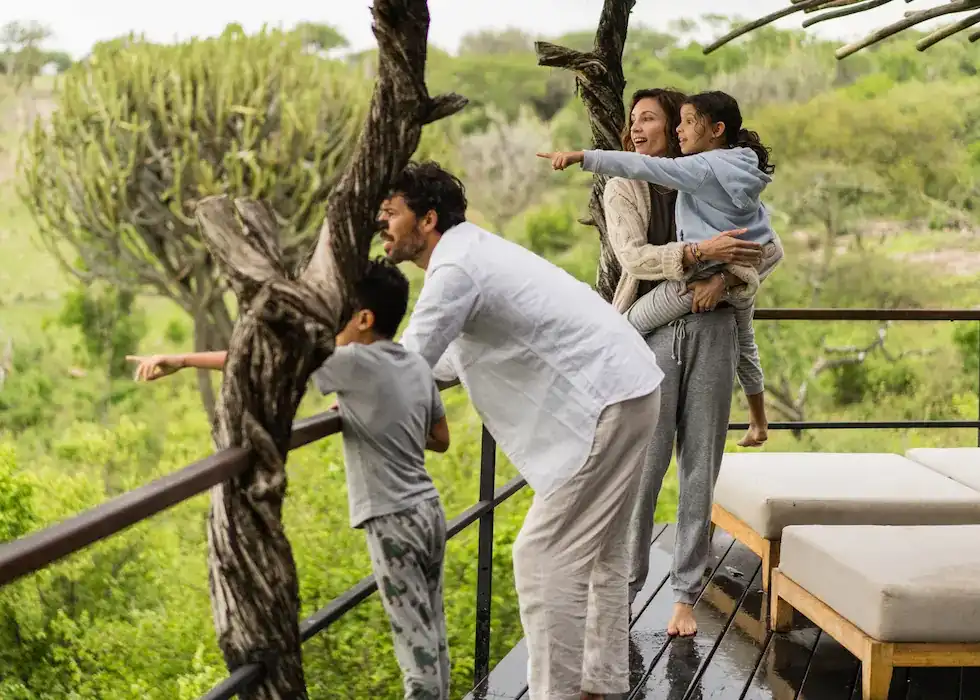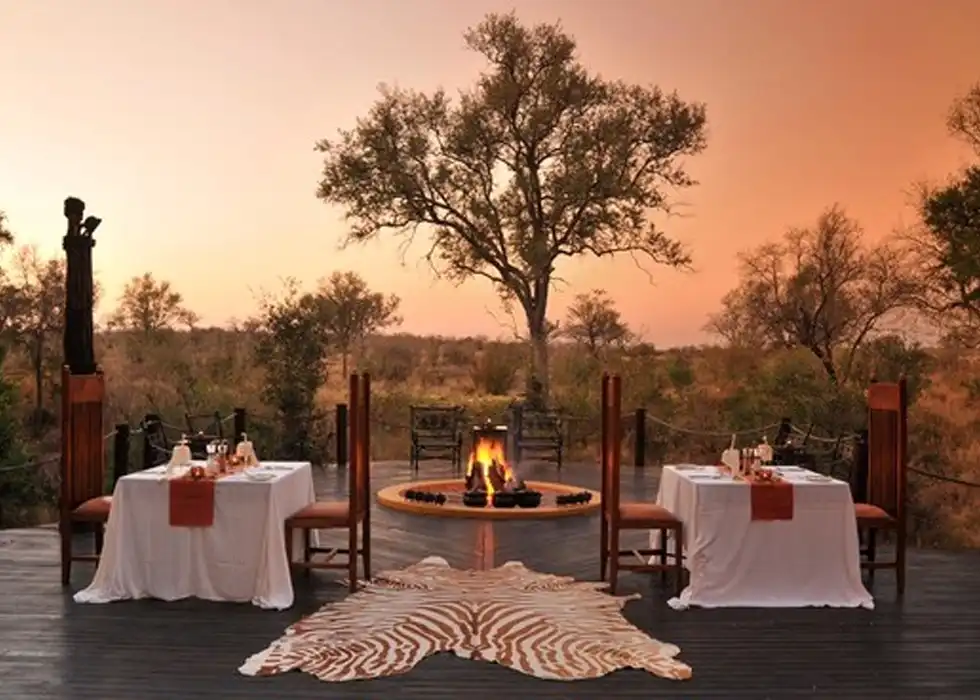Kilimanjaro Faqs
Comprehensive list of frequently asked questions about climbing Mount Kilimanjaro. We understand that embarking on such an adventure involves careful planning and consideration, so we aim to address all your queries to ensure you’re well-prepared for this epic journey. Read on to find answers to your Kilimanjaro FAQs
How tall is Mount Kilimanjaro?
- Mount Kilimanjaro is approximately 5,895 meters (19,341 feet) above sea level, making it the tallest freestanding mountain in the world and the tallest mountain in Africa.
Where is Mount Kilimanjaro located?
- Mount Kilimanjaro is located in Tanzania, East Africa, near the border with Kenya. It is situated within Kilimanjaro National Park, a UNESCO World Heritage Site.
What is the best time to climb Mount Kilimanjaro?
- The best time to climb Mount Kilimanjaro is during the dry seasons, which are from late June to October (known as the “high season”) and from December to February. During these periods, the weather is generally clear, and the trails are less slippery.
How difficult is it to climb Mount Kilimanjaro?
- Climbing Mount Kilimanjaro can be physically and mentally challenging, but it doesn’t require technical climbing skills. The difficulty level varies depending on the route chosen, with some routes being steeper and more demanding than others.
How long does it take to climb Mount Kilimanjaro?
- The duration of the climb varies depending on the route taken, the climber’s fitness level, and the acclimatization schedule. Most routes typically take between 5 to 9 days to reach the summit and descend.
What are the different routes to climb Mount Kilimanjaro?
- There are several routes to climb Mount Kilimanjaro, each offering unique scenery and challenges. The most popular routes include the Marangu, Machame, Lemosho, Rongai, and Northern Circuit routes, each with its own advantages and characteristics.
Do I need a guide to climb Mount Kilimanjaro?
- Yes, it’s required to have a guide to climb Mount Kilimanjaro. Guides are experienced in leading climbers safely to the summit and are familiar with the routes, altitude sickness symptoms, and emergency procedures.
What should I pack for climbing Mount Kilimanjaro?
- Packing essentials include warm clothing (layers are key), sturdy hiking boots, a comfortable backpack, a sleeping bag rated for cold temperatures, high-factor sunscreen, sunglasses, a hat, gloves, trekking poles, and plenty of water and snacks.
How cold does it get on Mount Kilimanjaro?
- Temperatures on Mount Kilimanjaro can vary widely depending on the altitude and time of year. At higher elevations, temperatures can drop below freezing, especially at night. It’s important to be prepared for cold weather conditions.
What is altitude sickness, and how can I prevent it while climbing Mount Kilimanjaro?
- Altitude sickness, or acute mountain sickness (AMS), is a condition caused by reduced oxygen levels at high altitudes. To prevent altitude sickness, it’s important to acclimatize properly by ascending slowly, staying hydrated, and listening to your body. Medications such as acetazolamide (Diamox) can also help prevent or alleviate symptoms.
Are there toilets on Mount Kilimanjaro?
- There are basic toilet facilities at some of the campsites along the popular routes, but they may not be very comfortable or hygienic. It’s advisable to bring your own toilet paper and hand sanitizer. Some higher-end tour operators provide portable toilets for more comfort.
Is it safe to climb Mount Kilimanjaro?
- Overall, Mount Kilimanjaro is considered safe to climb with proper preparation and guidance. However, climbers should be aware of the risks associated with high altitude, weather changes, and physical exertion. Following the advice of experienced guides and being prepared for emergencies is essential.
Do I need travel insurance to climb Mount Kilimanjaro?
- It’s highly recommended to have travel insurance that covers medical emergencies, trip cancellations, and evacuations when climbing Mount Kilimanjaro. Make sure to check the policy details to ensure it includes coverage for high-altitude trekking.
Can I climb Mount Kilimanjaro without a permit?
- No, climbing Mount Kilimanjaro without a permit is not allowed. Permits are required to enter Kilimanjaro National Park, and climbing without one is illegal. Permits help regulate the number of climbers on the mountain and contribute to conservation efforts.
What is the cost of climbing Mount Kilimanjaro?
- The cost of climbing Mount Kilimanjaro varies depending on factors such as the route chosen, the duration of the climb, the number of climbers, and the services provided by the tour operator. On average, climbers can expect to spend several thousand dollars. It’s important to budget for not only the climb itself but also for equipment, park fees, tips for guides and porters, and other expenses.
Are there age restrictions for climbing Mount Kilimanjaro?
- There are no strict age restrictions for climbing Mount Kilimanjaro, but it’s recommended that climbers be at least 10 to 12 years old due to the physical demands of the climb. Older climbers should consult with their doctors before attempting the climb.
Can I climb Mount Kilimanjaro solo?
- While it’s technically possible to climb Mount Kilimanjaro solo, it’s not recommended due to safety reasons. Having a guide and a support team significantly improves safety and increases the chances of a successful climb. Solo climbers are also required to pay a solo supplement fee.
Is there internet access on Mount Kilimanjaro?
- Internet access on Mount Kilimanjaro is limited and unreliable. Some higher-end tour operators may provide satellite internet access at certain campsites, but it’s not guaranteed. Disconnecting from technology and enjoying the natural surroundings is part of the experience.
What is the scenery like on Mount Kilimanjaro?
- The scenery on Mount Kilimanjaro is diverse and breathtaking, offering stunning views of glaciers, alpine meadows, volcanic landscapes, and vast African plains. Climbers will encounter different ecosystems as they ascend, from lush rainforests at the base to arctic conditions near the summit.
Are there any dangerous animals on Mount Kilimanjaro?
- While encounters with dangerous animals are rare on Mount Kilimanjaro, there is a possibility of encountering wildlife such as buffalo, elephants, and leopards, especially on the lower slopes. It’s important to follow safety precautions and stay alert.
Can I see wildlife while climbing Mount Kilimanjaro?
- Wildlife sightings are possible, particularly on the lower slopes of Mount Kilimanjaro, where the forest is home to a variety of animals and bird species. Keep an eye out for monkeys, antelopes, and colorful birds during the trek.
- What is the success rate for climbing Mount Kilimanjaro?
- The success rate for climbing Mount Kilimanjaro varies depending on factors such as the route chosen, the weather conditions, and the physical condition of the climbers. On average, the success rate is around
Kilimanjaro Climbing FAQ’s
Certainly! Here are some frequently asked questions (FAQs) about Kilimanjaro Climb:
How high is Mount Kilimanjaro?
Mount Kilimanjaro stands at 5,895 meters (19,341 feet) above sea level, making it the highest peak in Africa.
What is the best time to climb Kilimanjaro?
The best times to climb Kilimanjaro are during the dry seasons, which are from January to March and June to October. These months typically offer clearer skies and more stable weather conditions.
How long does it take to climb Kilimanjaro?
The duration of the climb depends on the route chosen, but most treks take between 5 to 9 days to complete. Longer durations allow for better acclimatization and increase the chances of successfully reaching the summit.
Do I need to be an experienced climber to climb Kilimanjaro?
No prior climbing experience is necessary, but a good level of physical fitness and mental preparation are crucial. Many climbers successfully reach the summit with the help of experienced guides and proper training.
What is altitude sickness, and how can I prevent it?
Altitude sickness, or acute mountain sickness (AMS), is a condition caused by the body's inability to adjust to the decreased oxygen levels at high altitudes. To prevent it, climbers should acclimatize gradually, stay hydrated, and consider taking altitude sickness medication if recommended by a healthcare professional.
What gear do I need to climb Kilimanjaro?
Essential gear includes sturdy hiking boots, warm clothing layers, a sleeping bag rated for cold temperatures, a headlamp, trekking poles, and a backpack. It's also important to have proper high-altitude gear like insulated jackets and gloves.
Which route should I take to climb Kilimanjaro?
There are several routes to choose from, each offering unique experiences and varying degrees of difficulty. Popular routes include the Machame Route, Marangu Route, Lemosho Route, and Rongai Route. The choice depends on factors such as your fitness level, budget, and preferences for scenery and solitude.
Do I need a guide to climb Kilimanjaro?
What accommodation options are available during the climb?
Accommodation on Kilimanjaro typically consists of tented campsites along the trekking routes. Some routes, like the Marangu Route, offer basic mountain huts with bunk beds. Luxury options, including premium tented camps, are available on certain routes for those seeking more comfort.
Is it safe to climb Kilimanjaro?
Climbing Kilimanjaro is generally safe when proper precautions are taken, such as choosing a reputable tour operator, acclimatizing adequately, and following safety guidelines. However, it's essential to be aware of the risks associated with high-altitude trekking, including altitude sickness and adverse weather conditions.
Speak To an Expert
Get advice and suggestions to make this your perfect trip.
Call: +255 753 142 682
Let's Chat on WhatsApp
DESIGN A TOUR
DISCOVER EXCLUSIVE TANZANIA SAFARIS
Tanzania Safari
Journey through the heart of Tanzania's wild landscapes with our expertly guided safaris
Kilimanjaro Climbing
Standing at 5,895 meters, the summit of Kilimanjaro is the highest point in Africa
Design your own trip
Let's Customize a Tour Based on Your Budget and Your Style


